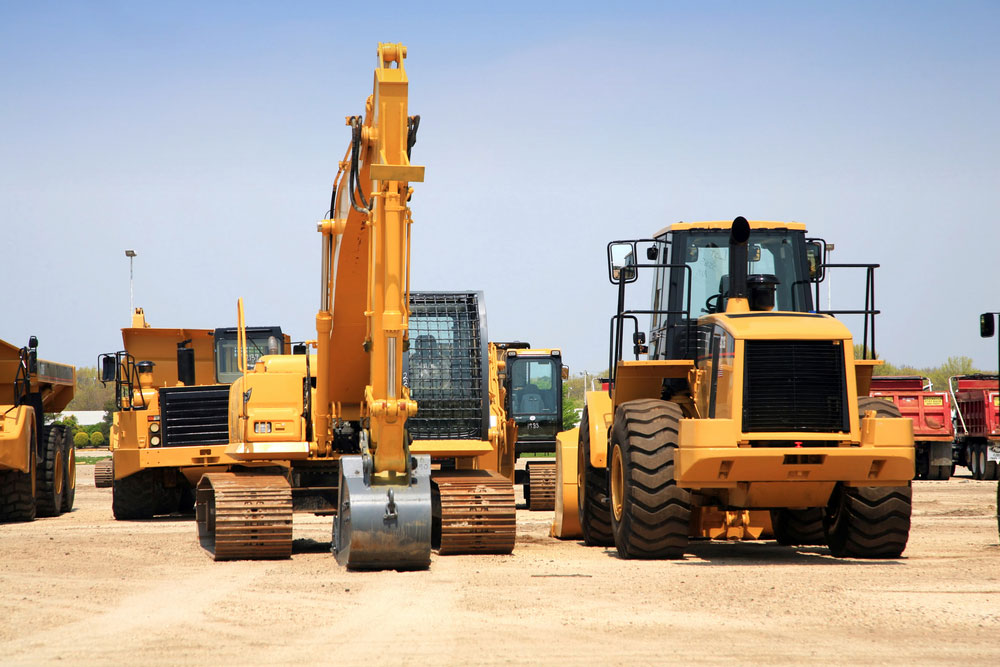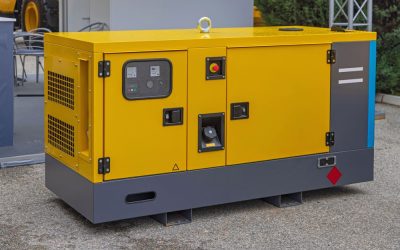Calibration of earthmoving machines is a crucial process that ensures the accuracy and reliability of the machine’s measuring and control systems. Proper calibration is essential for accurate data collection, precise operation, and adherence to safety standards. Calibration helps maintain the efficiency and performance of the machine, ensuring it operates at its best during construction, mining, and other earthmoving tasks.
Key Steps in the Calibration Process of Earthmoving Machines:
1. Calibration Standards and Equipment:
To perform accurate calibrations, specialized calibration standards and equipment are used. These standards are traceable to national or international measurement standards, ensuring accuracy and consistency.
2. Pre-Calibration Inspection:
Before starting the calibration process, a thorough inspection of the earthmoving machine is conducted to ensure all components are in proper working condition. Any issues or malfunctions are addressed and rectified before calibration.
3. Calibration Points:
The calibration process involves establishing calibration points at specific settings or positions of the machine’s controls and sensors. These points are used to verify the accuracy of measurements and control responses.
4. Measurement Verification:
During calibration, the actual measurements or responses of the machine’s sensors and controls are compared to the expected values based on the calibration standards. Any discrepancies are identified and corrected.
5. Adjustment and Calibration:
If discrepancies are found, adjustments are made to the machine’s measuring and control systems to bring them into alignment with the calibration standards. This may involve recalibration or fine-tuning of sensors, actuators, and control systems.
6. Documentation:
Detailed documentation of the calibration process is essential for record-keeping and future reference. Calibration certificates are issued, indicating that the machine has been calibrated and is in compliance with relevant standards.
7. Regular Calibration Schedule:
To maintain accuracy and reliability, earthmoving machines should undergo periodic calibration at specified intervals or after significant repairs or modifications.
Importance of Calibration of Earthmoving Machines
1. Accuracy and Precision:
Calibration ensures that the machine’s measurements and control responses are accurate and precise, enabling it to perform tasks with high-level accuracy.
2. Safety:
Accurate calibration is crucial for maintaining the safety of the machine’s operations and preventing accidents or equipment failures.
3. Compliance:
Calibrating earthmoving machines helps ensure compliance with industry standards, regulations, and quality requirements.
4. Cost Efficiency:
Properly calibrated machines operate at peak efficiency, reducing downtime, minimizing rework, and saving on operational costs.
Conclusion
Calibration of earthmoving machines is a critical process to ensure accuracy, reliability, and safety during construction and mining operations. Proper calibration helps maintain the efficiency and performance of the machine, enabling it to carry out earthmoving tasks with precision and effectiveness. Regular calibration at specified intervals is essential to ensure continued accuracy and compliance with industry standards.






